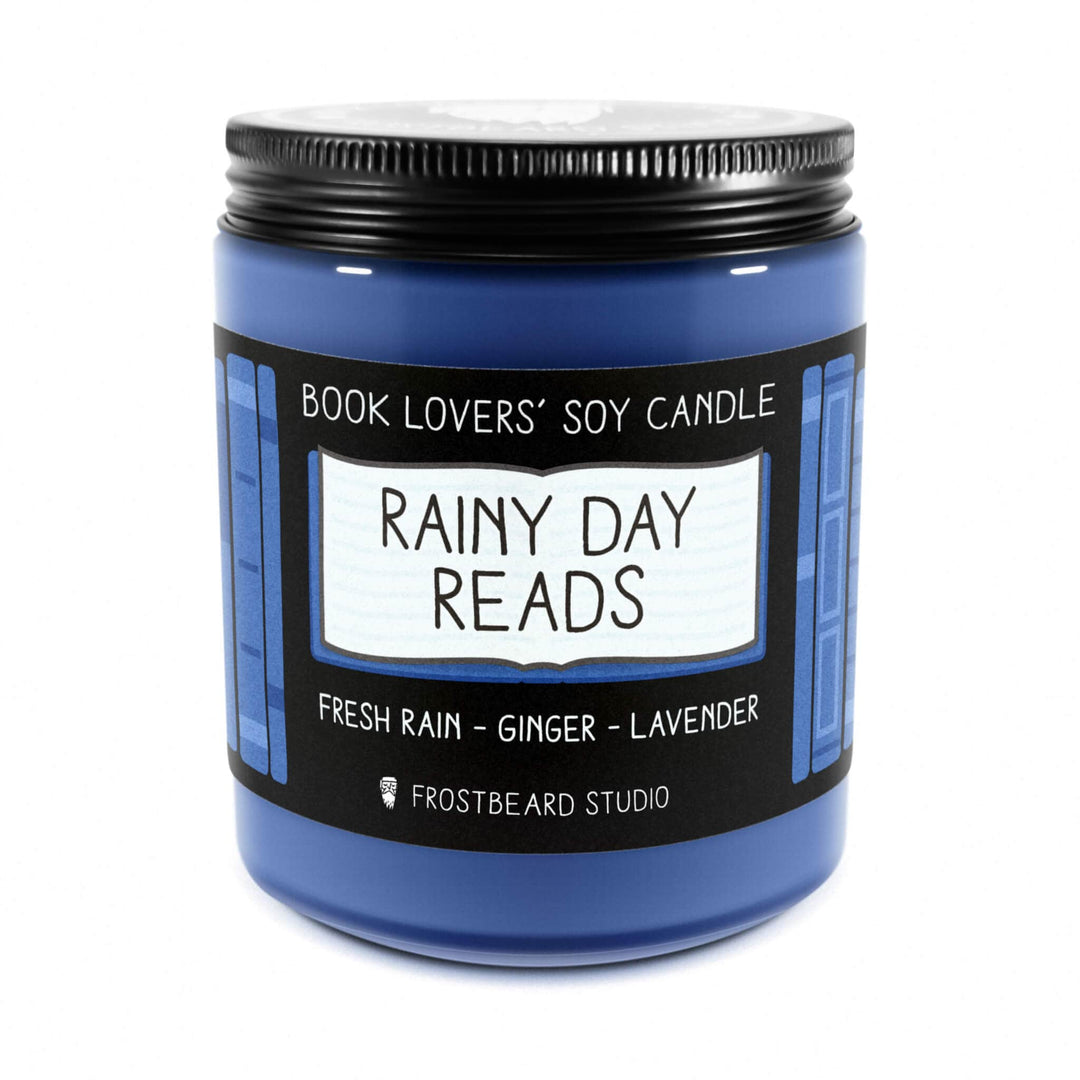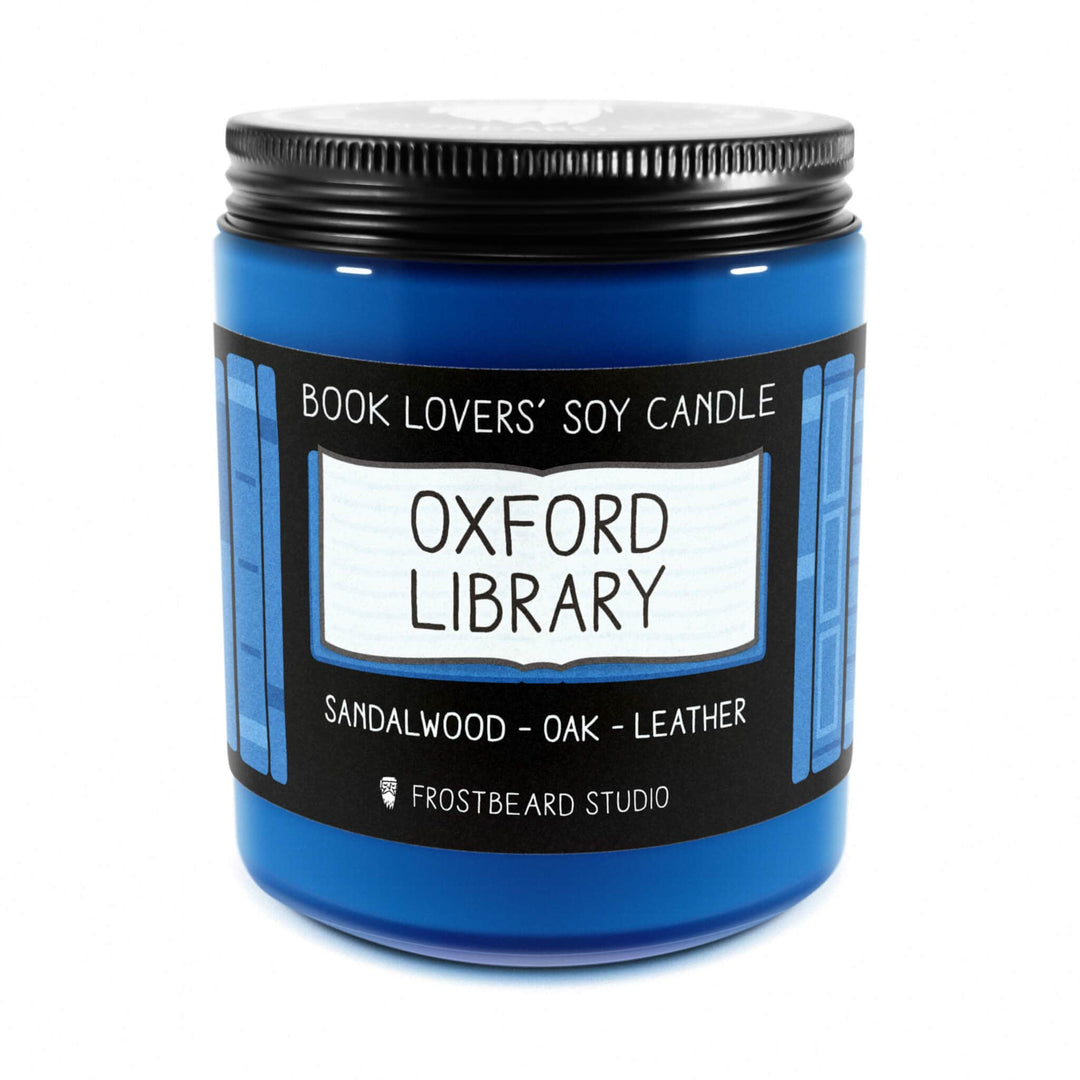Breaking Barriers: Celebrating Female Pioneers in Fantasy Fiction
Inspiring Female Pioneers in Fantasy Fiction
Best female fantasy authors have shattered the myth that fantasy and science fiction are purely male domains. From award-winning legends like N.K. Jemisin and Naomi Novik to breakthrough voices like Hafsah Faizal, these women prove that great storytelling isn't limited by gender.
Here's a quick list of top female fantasy authors making waves:
- N.K. Jemisin: Hugo Award-winning author of The Broken Earth trilogy.
- Naomi Novik: Known for Uprooted and Spinning Silver.
- Sarah J. Maas: Creator of the Throne of Glass and A Court of Thorns and Roses series.
- Nnedi Okorafor: Author of the Binti trilogy and Who Fears Death.
- Martha Wells: Writer of the beloved Murderbot Diaries.
These pioneering women demonstrate that the fantasy genre is vibrant, diverse, and accessible to everyone.
I have dedicated my career to elevating the visibility of female fantasy authors. With a background in English Literature, and as the co-founder of a literary-inspired business, my journey involves celebrating the best female fantasy authors every day.

Easy best female fantasy authors word list: - best adult fantasy - best fantasy book characters - best magic fantasy books
The Rise of Female Fantasy Authors
The fantasy genre has long been dominated by male authors, but female writers have been breaking barriers and making significant contributions for decades. Let's explore the journey of these trailblazing women and their impact on fantasy fiction.
Early Influencers in Female Fantasy Writing
One of the earliest influencers in female fantasy writing was Gertrude Barrows Bennett, who wrote under the pseudonym Francis Stevens. She is often credited with creating the dark fantasy subgenre. Her works, such as The Citadel of Fear and The Heads of Cerberus, were groundbreaking for their time, blending elements of horror and fantasy in a way that had rarely been seen before.
Bennett's stories were filled with vivid imagery and complex characters, setting the stage for future generations of female fantasy authors. Despite facing the challenges of her era, she laid the groundwork for women to explore and redefine the boundaries of fantasy fiction.
Modern Trailblazers
Fast forward to the 21st century, and we see a new wave of female fantasy authors who have achieved remarkable success and acclaim. Two standout figures are J.K. Rowling and N.K. Jemisin.
J.K. Rowling transformed the fantasy landscape with her Harry Potter series. The story of a young wizard and his friends captivated millions worldwide and sparked a cultural phenomenon. Rowling's work not only entertained but also inspired a generation of readers and writers, proving that fantasy fiction can be both commercially successful and deeply impactful.
N.K. Jemisin has also made history with her Broken Earth trilogy, winning the Hugo Award for Best Novel three years in a row—a first in the award's history. Her books, including The Fifth Season, The Obelisk Gate, and The Stone Sky, tackle themes of oppression, resilience, and the power of community. Jemisin's work is celebrated for its innovative storytelling and rich, diverse worlds.
"A good book is a good book, and speculative genres are for everyone." — N.K. Jemisin
These modern trailblazers have not only pushed the boundaries of the genre but have also paved the way for future female authors to tell their stories. Their success demonstrates that the fantasy genre is vibrant, diverse, and inclusive, offering something for everyone.
Next, we'll dig into the best female fantasy authors of the 21st century, highlighting their innovative storytelling and the diverse worlds they create.
Best Female Fantasy Authors of the 21st Century
N.K. Jemisin
N.K. Jemisin has revolutionized the fantasy genre with her innovative storytelling and richly diverse worlds. She made history by winning the Hugo Award for Best Novel three years in a row for her Broken Earth trilogy.
- The Fifth Season: This novel introduces a world on the brink of apocalypse, with characters who possess the power to control seismic activity. The story is a compelling mix of science fiction and fantasy, exploring themes of oppression and survival.
- The Obelisk Gate and The Stone Sky: These sequels continue the narrative, delving deeper into the characters' struggles and the world's mysteries. Jemisin's work is celebrated for its intricate world-building and emotional depth.
"A good book is a good book, and speculative genres are for everyone." — N.K. Jemisin
Jemisin's work is not just about fantastical elements but also tackles real-world issues, making her a standout in the genre.
Naomi Novik
Naomi Novik is another trailblazer in modern fantasy, known for her unique blend of historical elements and fantasy.
- Temeraire Series: This series reimagines the Napoleonic Wars with dragons. The first book, His Majesty's Dragon, sets the stage for an epic tale of trip and camaraderie between humans and dragons.
- Uprooted: A loose retelling of Beauty and the Beast, this novel won the Nebula Award and was a Hugo Award finalist. It features a young woman who must confront dark forces threatening her village.
- Spinning Silver: A fresh take on the Rumpelstiltskin fairy tale, this book was also a Nebula Award finalist. It explores themes of power, family, and change.
Novik's ability to weave historical settings with magical elements makes her stories both captivating and unique.
Sarah J. Maas
Sarah J. Maas has captivated readers with her epic tales and strong, complex characters.
- Throne of Glass Series: This series follows Celaena Sardothien, a young assassin in a corrupt kingdom. The story blends action, romance, and magic, creating a gripping narrative that spans several books.
- A Court of Thorns and Roses Series: A retelling of Beauty and the Beast, this series features Feyre, a huntress who gets entangled in the fae. The series is known for its intricate plot and emotional depth.
Maas's work is celebrated for its strong female protagonists and immersive worlds, making her one of the best female fantasy authors of the 21st century.
These authors have not only pushed the boundaries of the fantasy genre but have also enriched it with their innovative storytelling and diverse worlds.
Exploring Sapphic Fantasy: A Subgenre on the Rise
Sapphic fantasy is a subgenre of fantasy fiction that features romantic and emotional relationships between female characters. These stories often dig into high fantasy settings, where magic, mythical creatures, and epic quests are the norm. The rise of sapphic fantasy reflects a growing demand for diverse narratives and inclusive representation in literature.
Prominent Sapphic Fantasy Books
Ash by Malinda Lo

Ash is a groundbreaking novel by Malinda Lo, a pioneer in sapphic fantasy. This book is a retelling of Cinderella with a twist: the protagonist, Ash, falls in love with a female huntress instead of a prince.
- Plot: After the death of her father, Ash is left in the care of her cruel stepmother. She finds solace in fairy tales and the magical world, eventually meeting Kaisa, the King's Huntress. Their relationship blossoms, offering Ash a chance at a different kind of "happily ever after."
- Themes: The novel explores themes of grief, identity, and love, all set against a richly imagined fantasy backdrop.
Ash has been celebrated for its lyrical prose and its bold reimagining of a classic fairy tale, making it a must-read in the sapphic fantasy subgenre.
The Priory of the Orange Tree by Samantha Shannon

The Priory of the Orange Tree by Samantha Shannon is another standout in sapphic fantasy. This epic novel weaves together multiple narratives and features a world divided by its views on dragons.
- Plot: The story centers around Queen Sabran the Ninth, whose life is in danger, and Ead Duryan, a mage sent to protect her. As they steer political intrigue and ancient prophecies, their bond deepens into a powerful romance.
- World-Building: Shannon's world is complex, featuring a matriarchal society, dragon riders, and a secret order of mages. The book's intricate plot and diverse characters make it a rich, immersive read.
The Priory of the Orange Tree is praised for its detailed world-building and its strong, multifaceted female characters. It stands as a testament to the growing popularity and importance of sapphic fantasy in modern literature.
These books are just a glimpse into the vibrant world of sapphic fantasy. They highlight the subgenre's potential to tell compelling, inclusive stories that resonate with a wide audience.
Next, we'll dive into some frequently asked questions about female fantasy authors, shedding light on their impact and contributions to the genre.
Frequently Asked Questions about Female Fantasy Authors
Who is the most successful female fantasy author?
When it comes to success in the fantasy genre, J.K. Rowling stands out. Her Harry Potter series has sold over 600 million copies worldwide. The books follow Harry Potter's journey at Hogwarts School of Witchcraft and Wizardry, battling the dark wizard Voldemort. The series has not only captivated readers of all ages but also spawned a hugely successful film franchise. Rowling's work has had a massive cultural impact, inspiring a generation of readers and writers alike.
What defines a sapphic fantasy book?
A sapphic fantasy book features romantic and emotional relationships between female characters, set in fantastical worlds. These stories often include elements like magic, mythical creatures, and epic quests. A key aspect is the representation of diverse female protagonists. For example, Ash by Malinda Lo retells Cinderella with a twist, where Ash falls in love with a female huntress. Another example is The Priory of the Orange Tree by Samantha Shannon, which features a deepening bond between Queen Sabran and her protector, Ead Duryan. These narratives offer inclusive representation and explore themes like love, identity, and trip in non-Earth settings.
Who was the first major female fantasy author?
The first major female fantasy author is often considered to be Gertrude Barrows Bennett, who wrote under the pseudonym Francis Stevens. She is known for pioneering dark fantasy in the early 20th century. Her works, like The Citadel of Fear and The Heads of Cerberus, blend elements of fantasy and science fiction. Bennett's innovative storytelling and imaginative worlds paved the way for future female authors in the genre. Her contribution is significant, as she broke barriers and set the stage for the diverse voices we celebrate today.
Conclusion
The future of fantasy fiction is bright, especially with the growing recognition of female authors who continue to break barriers and redefine the genre. These pioneering women have enriched the literary landscape with their innovative storytelling and diverse worlds. As we look forward, the contributions of authors like N.K. Jemisin, Naomi Novik, and Sarah J. Maas promise to inspire new generations of readers and writers.
At Frostbeard Studio, we celebrate these imaginative worlds through our literary-inspired candles. Our candles are designed to improve your reading experience, transporting you to the magical fields created by these talented authors. Whether you're delving into the epic quests of The Broken Earth or the enchanting tales of Spinning Silver, our candles provide the perfect ambiance for your journey.
As the fantasy genre evolves, we can expect even more groundbreaking works from female authors. These stories will continue to push the boundaries of imagination, offering new perspectives and trips. We invite you to explore our collection and find the perfect scent to accompany your next fantastical escape.
Happy reading, and may your literary journeys be filled with wonder and enchantment!








